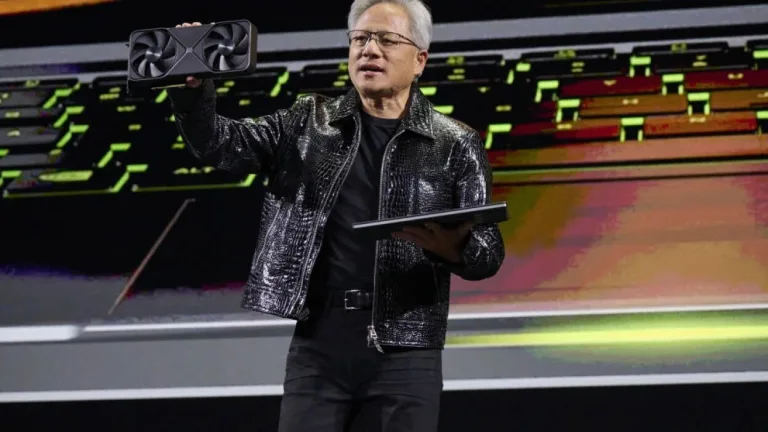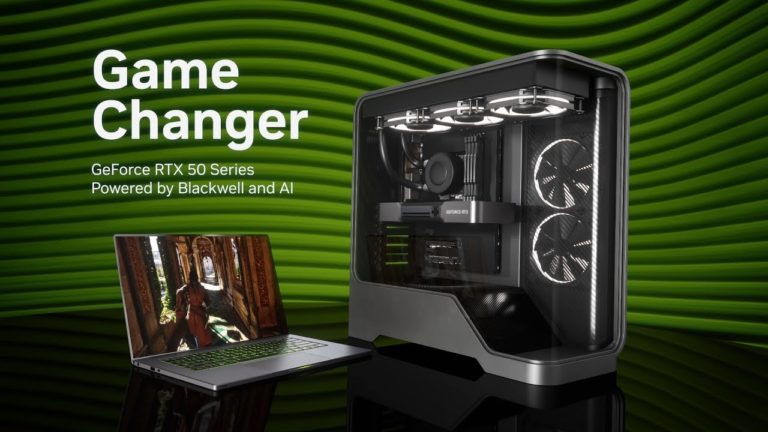Nvidia, the AI chip giant, recently released its fiscal fourth-quarter earnings report, which has garnered significant attention...
GeForce RTX 50
The rumors are now over at Nvidia side and we are in the new generation of GeForce...



